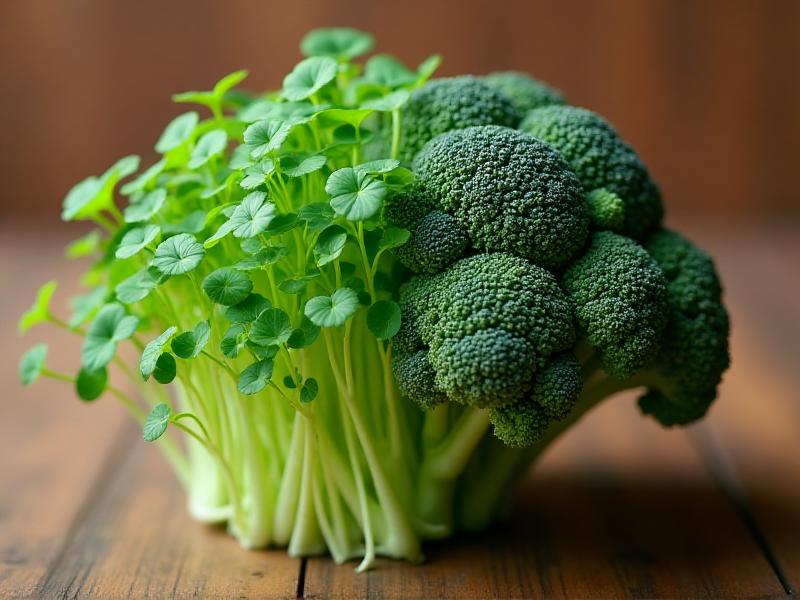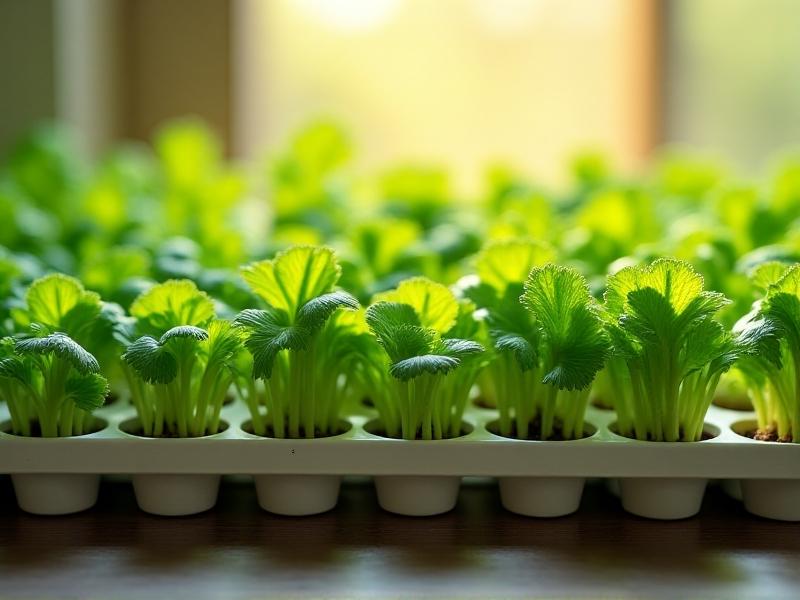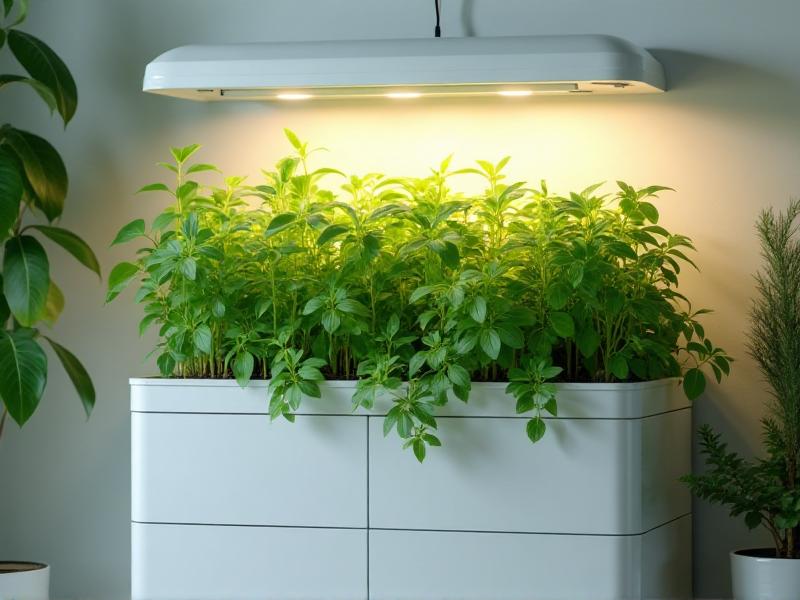Freeze-Drying Microgreens for Powder Use
Introduction to Freeze-Drying Microgreens
Microgreens have taken the culinary and health world by storm, offering a concentrated burst of nutrients and flavor in a tiny package. These young vegetable greens, harvested just after the first leaves have developed, are packed with vitamins, minerals, and antioxidants. However, their shelf life is limited, making preservation techniques essential for extending their usability. One such method is freeze-drying, a process that removes moisture while retaining the nutritional integrity and flavor of the greens. This article explores the process of freeze-drying microgreens and transforming them into a versatile powder for various applications.
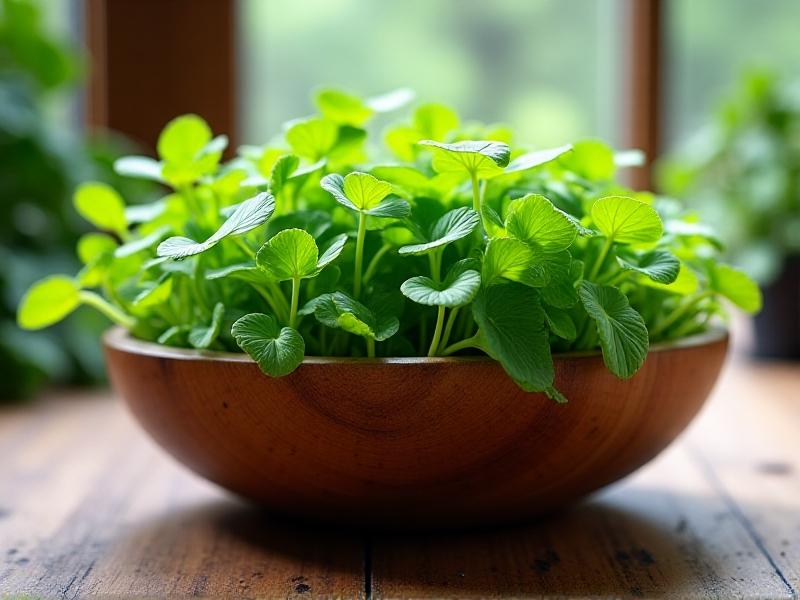
The Science Behind Freeze-Drying
Freeze-drying, also known as lyophilization, is a preservation method that involves freezing the product and then reducing the surrounding pressure to allow the frozen water in the material to sublimate directly from solid to gas. This process is particularly effective for microgreens because it preserves their cellular structure, ensuring that their nutritional content, color, and flavor remain intact. Unlike traditional drying methods, freeze-drying minimizes the loss of volatile compounds, which are crucial for maintaining the taste and aroma of the greens.

Benefits of Freeze-Dried Microgreen Powder
Transforming freeze-dried microgreens into powder offers numerous benefits. First, the powder is incredibly versatile and can be easily incorporated into smoothies, soups, baked goods, and even skincare products. Second, the powder retains the high nutrient density of fresh microgreens, making it an excellent dietary supplement. Additionally, the powder has a longer shelf life compared to fresh microgreens, reducing food waste and making it a more sustainable option. Finally, the lightweight and compact nature of the powder makes it convenient for storage and transportation.
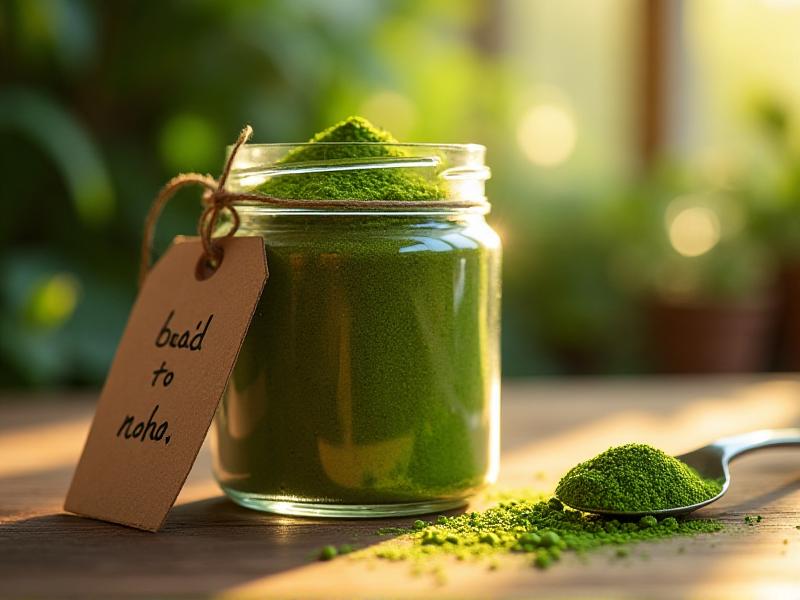
Choosing the Right Microgreens for Freeze-Drying
Not all microgreens are created equal when it comes to freeze-drying. Some varieties, such as broccoli, kale, and radish, are particularly well-suited for this process due to their robust flavors and high nutrient content. It's essential to select fresh, high-quality microgreens that are free from pests and diseases. Organic microgreens are often preferred, as they are grown without synthetic pesticides or fertilizers, ensuring a cleaner end product. Additionally, harvesting the microgreens at the right stage of growth is crucial for optimal flavor and nutrient retention.
The Freeze-Drying Process Step-by-Step
The freeze-drying process for microgreens involves several key steps. First, the microgreens are thoroughly washed and dried to remove any dirt or impurities. Next, they are spread out in a single layer on trays and placed in a freeze-dryer. The machine then freezes the microgreens to a very low temperature, typically around -40°F. Once frozen, the pressure inside the machine is reduced, allowing the ice to sublimate. This process can take anywhere from 12 to 24 hours, depending on the quantity and type of microgreens. Finally, the freeze-dried microgreens are removed from the machine and ground into a fine powder using a blender or food processor.
Storing and Using Freeze-Dried Microgreen Powder
Proper storage is essential to maintain the quality of freeze-dried microgreen powder. The powder should be stored in an airtight container, away from direct sunlight and moisture. Glass jars with tight-fitting lids or vacuum-sealed bags are ideal for this purpose. When stored correctly, the powder can last for up to a year without significant loss of nutrients or flavor. To use the powder, simply add it to your favorite recipes. A teaspoon or two can enhance the nutritional profile of smoothies, soups, and sauces, while a larger quantity can be used in baking or as a seasoning for dishes.
Creative Applications of Microgreen Powder
The versatility of microgreen powder opens up a world of creative possibilities. In the kitchen, it can be used to add a nutritional boost to smoothies, soups, and sauces. It can also be incorporated into baked goods like bread, muffins, and pancakes for an extra dose of vitamins and minerals. Beyond the culinary realm, microgreen powder can be used in skincare products, such as face masks and scrubs, thanks to its antioxidant properties. Additionally, it can be mixed into homemade pet food to provide pets with essential nutrients. The possibilities are endless, limited only by your imagination.
Nutritional Comparison: Fresh vs. Freeze-Dried Microgreens
One of the most significant advantages of freeze-dried microgreens is their ability to retain the nutritional content of fresh greens. Studies have shown that freeze-drying preserves up to 97% of the original nutrients, including vitamins, minerals, and antioxidants. In contrast, traditional drying methods can result in significant nutrient loss due to exposure to heat and air. Additionally, freeze-dried microgreens are lightweight and easy to store, making them a convenient option for those looking to incorporate more greens into their diet without the hassle of frequent grocery shopping.
Environmental Impact of Freeze-Drying Microgreens
Freeze-drying microgreens can have a positive environmental impact by reducing food waste and extending the shelf life of these nutrient-dense greens. The process also requires less energy compared to other preservation methods, such as canning or freezing. Additionally, the lightweight nature of freeze-dried products reduces the carbon footprint associated with transportation. By choosing freeze-dried microgreen powder, consumers can enjoy the benefits of fresh greens while contributing to a more sustainable food system.
Conclusion: Embracing the Future of Microgreens
Freeze-drying microgreens and transforming them into powder is a game-changer for both consumers and producers. This innovative preservation method offers a convenient, nutritious, and sustainable way to enjoy the benefits of microgreens year-round. Whether you're a health enthusiast, a chef, or someone looking to reduce food waste, freeze-dried microgreen powder is a versatile and valuable addition to your pantry. As we continue to explore new ways to preserve and enhance our food, freeze-drying stands out as a promising solution for the future of nutrition.
